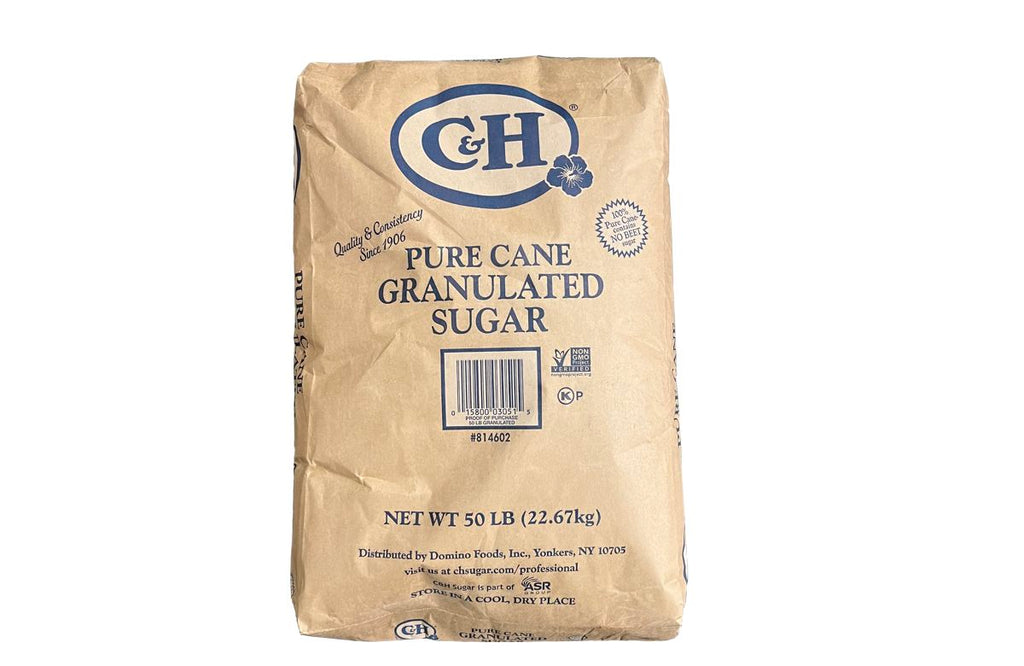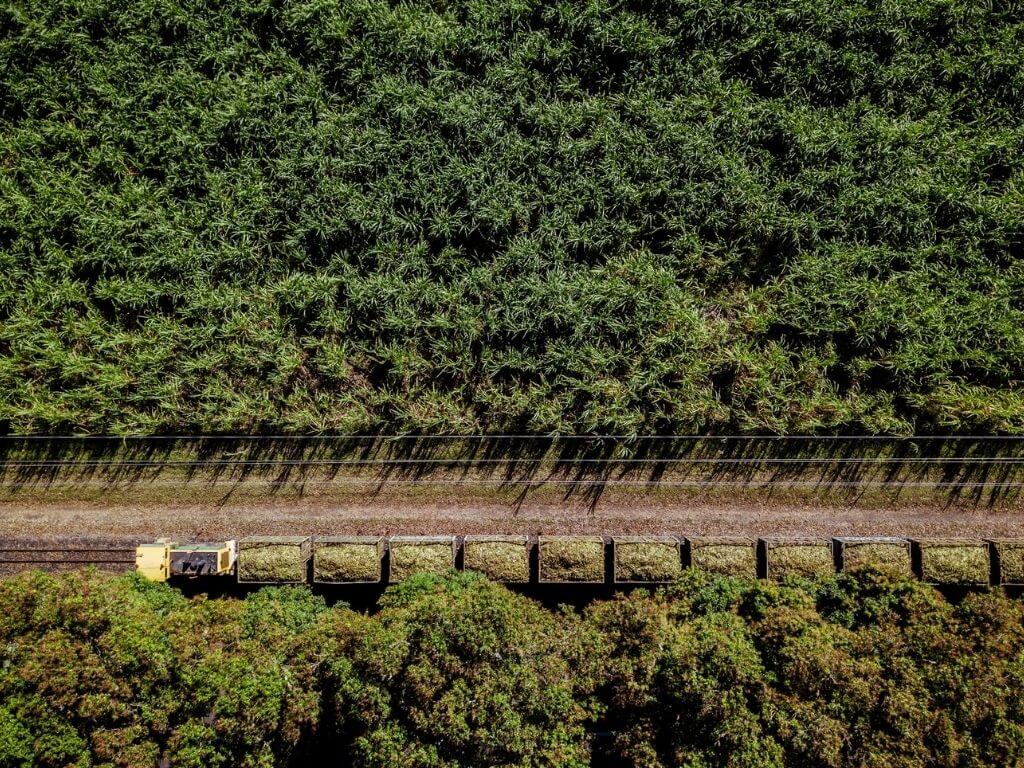What Is Sugar Cane Used For in Refreshing Drinks?
Comprehending the Diverse Duties of Sugar Cane in Agriculture and Production
Sugar Cane plays an essential function in both farming and manufacturing. As a significant money plant, it affects economies in exotic regions. Its adaptability extends past sugar production to biofuels and eco-friendly materials. Furthermore, sugar Cane cultivation advertises soil health and wellness and biodiversity. However, the full extent of its contributions and possible in sustainable methods continues to be to be checked out. What innovative steps could improve its duty in future farming systems?
The Agricultural Value of Sugar Cane
Sugar Cane plays a crucial role in agriculture, contributing considerably to the economic situations of many tropical and subtropical regions. This lawn species flourishes in cozy environments, calling for ample sunlight and water, making it an excellent crop for these areas. Sugar Cane is primarily cultivated for its high sucrose material, which works as a crucial basic material for sugar manufacturing. Furthermore, it plays a substantial duty in dirt preservation by avoiding erosion and improving soil fertility through its growth cycles. Sugar walking stick's substantial origin system aids in water retention, benefiting surrounding plants. The crop supports neighborhood ecological communities by giving habitat and food for different wild animals varieties. Farmers frequently integrate sugar Cane right into crop turning systems, enhancing biodiversity and agricultural resilience. The farming of sugar Cane not only meets local food needs however likewise fosters lasting agricultural practices, advertising long-lasting environmental wellness in farming neighborhoods.
Economic Payments of Sugar Cane Growing
Although sugar Cane is typically neglected, its financial payments are significant, specifically in establishing nations where it acts as a vital cash plant. The growing of sugar Cane creates considerable revenue for millions of farmers, giving incomes and cultivating rural development. As a flexible plant, it sustains various industries, consisting of sugar manufacturing, biofuels, and pharmaceuticals, as a result promoting regional economies.
Sugar Cane cultivation advertises work production in agricultural sectors, processing facilities, and transport networks. It additionally adds to fx incomes via exports, boosting nationwide economic security. In regions such as Brazil and India, sugar Cane plays a critical function in farming exports, reinforcing profession equilibriums.
In addition, the plant's spin-offs, like bagasse and molasses, supply more financial opportunities, utilized in energy generation and animal feed. For this reason, the financial effect of sugar Cane prolongs past plain farming, affecting wider farming and commercial landscapes.
The Process of Sugar Production From Walking Stick

The journey from sugar Cane to refined sugar entails a number of crucial stages that highlight the complexity of sugar production. Originally, fully grown sugar Cane stalks are gathered and carried to processing centers. The Cane is then squashed to remove juice, which consists of a high concentration of sucrose. This juice undertakes information, where contaminations are gotten rid of, frequently making use of lime and warm
Next off, the clarified juice is vaporized to concentrate the sugar web content. The resulting syrup is then based on formation, allowing sugar crystals to develop. These crystals are divided from the staying syrup via centrifugation and cleaned to remove any kind of residual molasses.
The last includes refining, where sugar crystals are more cleansed and blonde, resulting in the white granulated sugar frequently utilized in food. This precise procedure emphasizes the elaborate trip from raw Cane to the sugar that plays a vital duty in various culinary applications.
Sugar Cane as a Resource of Biofuels
As interest in renewable resource resources grows, sugar Cane has emerged as a significant prospect for biofuel production. The plant's high sugar web content enables efficient fermentation processes, converting sugars right into ethanol. This biofuel serves as a renewable option to nonrenewable fuel sources, minimizing greenhouse gas exhausts and promoting energy sustainability.
Countries like Brazil have actually long used sugar Cane for ethanol, dig this establishing extensive manufacturing facilities that supports both domestic power needs and global export. The farming of sugar Cane for biofuel has actually additionally created economic chances, specifically in country locations, where it creates work and supports local agriculture.
Sugar Cane biofuels can be incorporated right into existing fuel systems, making them a sensible solution for moving away from typical energy sources. As technological advancements proceed to boost production performance, sugar cane's role in biofuel development is poised to broaden, better adding to international efforts towards renewable resource adoption.
Cutting-edge Uses Sugar Cane in Biodegradable Plastics
A growing variety of scientists and producers are checking out ingenious uses of sugar Cane in the production of biodegradable plastics. Sugar walking stick, rich in sucrose, can be processed to develop polylactic acid (PLA), a biopolymer that offers as an alternative to petroleum-based plastics. This bioplastic can be used in numerous applications, including product packaging, non reusable cutlery, and agricultural movies.
Using sugar cane-derived PLA provides a number of benefits, such as lowered dependence on fossil fuels and the potential for reduced carbon discharges throughout production. Additionally, sugar walking stick's renewable nature makes it an attractive option in the quest for sustainable products. Current advancements in processing techniques have boosted the performance and cost-effectiveness of creating these bioplastics, cultivating better fostering in the marketplace. As the demand for green options expands, sugar Cane stands out as a beneficial source in the Source shift towards greener manufacturing practices.
Ecological Advantages of Sugar Cane Farming

Additionally, sugar Cane calls for much less water compared to other crops, making it ideal for cultivation in dry regions. Reliable use of plant deposits, such as bagasse, can lessen waste and supply renewable resource resources. Sugar Cane farming can promote the establishment of agroforestry systems, developing a synergistic relationship between plants and trees. These practices not just protect the atmosphere yet likewise promote sustainable agricultural methods, eventually profiting regional neighborhoods and environments.
The Future of Sugar Cane in Lasting Practices

Additionally, the possibility for sugar Cane to add to renewable energy sources is acquiring grip. Biofuels originated from sugar Cane can especially lower carbon exhausts compared to fossil fuels, aligning with worldwide climate objectives. Furthermore, developments in waste monitoring permit the utilization of spin-offs, better reducing ecological influence.
Study into drought-resistant sugar Cane ranges is likewise underway, supplying durability against climate modification. As stakeholders throughout the market accept these sustainable methods, sugar Cane is positioned to play an important role in promoting agricultural sustainability, guaranteeing its relevance in future markets and adding favorably to environmental balance.

Regularly Asked Inquiries
How Does Sugar Cane Affect Soil Health And Wellness and Fertility?
The effect of sugar Cane on dirt wellness and fertility is significant. Its comprehensive root system boosts dirt framework, while organic matter from decaying fallen leaves adds essential nutrients, promoting overall fertility and supporting diverse microbial life.
What Are the Labor Conditions for Sugar Cane Workers?
Labor conditions for sugar Cane workers vary extensively, commonly identified by lengthy hours, reduced incomes, and hazardous environments. Many face challenges such as absence of accessibility to health care and insufficient protective procedures versus unsafe conditions.
Can Sugar Cane Be Grown in Non-Tropical Environments?
Sugar Cane typically grows in exotic climates due to its warm and humidity demands. Specific non-tropical areas may effectively grow it via certain agricultural practices, though returns and top quality might be considerably minimized.
What Pests Frequently Endanger Sugar Cane Crops?
Pests threatening sugar Cane plants consist of the sugarcane borer, aphids, and nematodes. These organisms can substantially influence crop yield, necessitating effective pest administration approaches to assure healthy development and make best use of agricultural performance.
Exactly How Does Sugar Cane Growing Impact Resident Communities?
The growing of sugar Cane significantly impacts neighborhood communities by providing work opportunities, boosting economic development, and affecting social go right here structures. Additionally, it can cause environmental obstacles, influencing farming practices and neighborhood health and wellness in the region.
Sugar Cane is primarily grown for its high sucrose material, which offers as an important raw material for sugar manufacturing. Farmers frequently incorporate sugar Cane into plant turning systems, enhancing biodiversity and farming strength. The journey from sugar Cane to polished sugar involves numerous crucial stages that highlight the complexity of sugar manufacturing. The final stage includes refining, where sugar crystals are more cleansed and blonde, resulting in the white granulated sugar typically used in food products. The plant's high sugar material makes it possible for reliable fermentation processes, converting sugars right into ethanol.